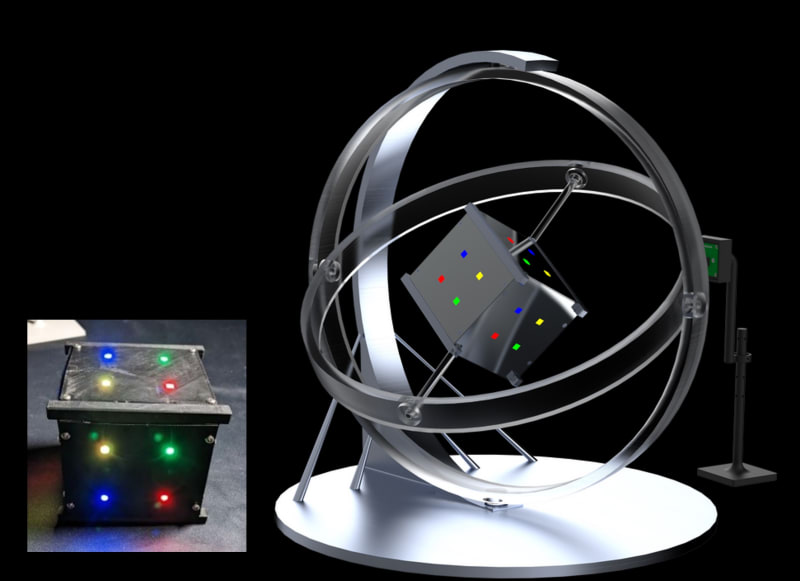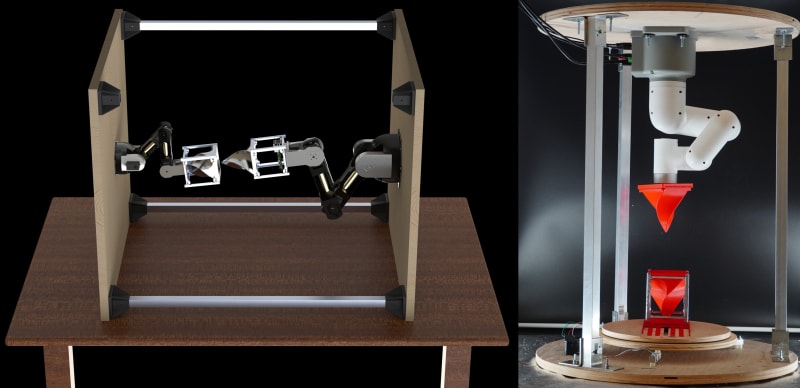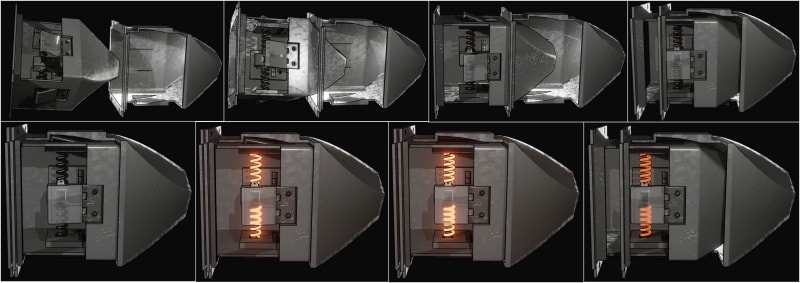

Significant innovations in Rendezvous, Proximity Operations, On-Orbit Servicing, and small satellite docking are required to enable the booming space economy. These technologies enable small spacecraft to trade goods and services with each other in their relevant working environments, whether Low Earth Orbit (LEO), Cislunar Space, or Deep Space. They also enable the assembly of smaller “building block” satellites to be assembled into an immense superstructure as part of a Fractionated Architecture, which functions more remarkably than the sum of its parts.
Current technology proposed in small satellite docking involves target identification and rendezvous using a combination of sensors such as GPS, thermal and optical imaging, and single-stage docking using a cone and probe mechanism with actuation force provided by electromagnets. Moving electromagnets may cause Electromagnetic Interference (EMI) on spacecraft electronics and may not provide sufficient force, given the small power and form factor, to keep the two spacecraft together for prolonged operations.
We have developed a system of Active Lighting Cues as an add-on package for small spacecraft that uses LED lights in unique combinations with optical sensors (cameras) to “fingerprint” and identify the target spacecraft (Illustration 1). There is ongoing research to determine the minimum and maximum ranges of identification for Commercial Off The Shelf (COTS) LED lights and cameras. Machine Learning Algorithms are used to identify the location and colors of LED lights on the surface of the target spacecraft, and Linear Programming and Vector Algebra determine the relative position and orientation (attitude). This package may be used in conjunction with traditional methods for target identification and initial rendezvous.
Another major shortcoming of current technology is a lack of a reliable method to correct the position and rotational misalignment during the docking process. Sensors and complex feedback mechanisms have been proposed to ensure a proper mate between the two spacecraft, which takes up valuable space, mass, and power in small form factor systems. Our modified cone and probe docking adapter pair (Illustration 2) uses object geometry to correct misalignments automatically during the mating phase without additional sensors. There is ongoing research to optimize the shape of the adapters to maximize the usable internal volume. Moreover, to keep the two spacecraft docked throughout the operations, we use a spring-loaded latch mechanism to produce a second stage “hard dock.” (Illustration 3) The springs used in the mechanism are Two Way Shape Memory Effect (TWSME) Alloy Springs which can engage and disengage the lock between the two satellites on command. There is ongoing research to characterize the springs to ensure the reliability of the second stage of docking and undocking in the relevant environments. The implications of this technology are far-reaching and will pave the way for a new paradigm in satellite construction in the aerospace industry.
Video
-
Awards
-
 2023 Aerospace & Defense Honorable Mention
2023 Aerospace & Defense Honorable Mention -
 2023 Top 100 Entries
2023 Top 100 Entries
Like this entry?
-
About the Entrant
- Name:Athip Thirupathi Raj
- Type of entry:teamTeam members:
- Nicolas Gross
- Jaret Rickel
- Connor Sturgeon
- Jekan Thangavelautham
- Software used for this entry:SolidWorks, Blender Studios, Ultimaker Cura
- Patent status:none








